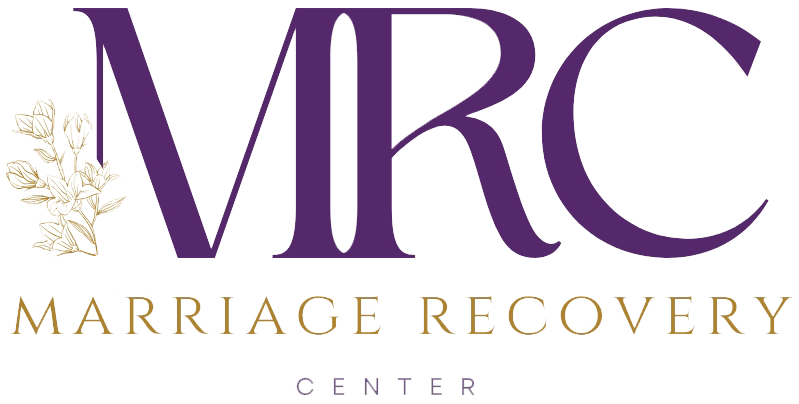Relationships are complex, and navigating conflicts requires empathy, understanding, and accountability from both partners. However, when one partner consistently engages in blame-shifting, the dynamics can become unhealthy and emotionally damaging. Blame shifting, a behavior where one person minimizes their own faults while exaggerating those of their partner, can erode trust, communication, and emotional safety in a relationship. But is blame shifting merely a bad habit, or can it be considered a form of emotional abuse? Let’s explore this question by examining its impact and discussing strategies for healthier communication.
Understanding Blame Shifting
Blame shifting occurs when an individual deflects responsibility for their actions by highlighting the perceived faults of their partner. This behavior often manifests as minimizing one’s own mistakes and maximizing the mistakes of the other person.
For example, if one partner expresses dissatisfaction or raises concerns about the relationship, the blame-shifter might respond by pointing out unrelated issues or accusing their partner of being overly sensitive.
This behavior creates a toxic dynamic where problems are never truly addressed. Instead of fostering growth and resolution, blame shifting perpetuates conflict, leaving both partners feeling unheard and disconnected.
The Emotional Impact of Blame Shifting
Blame shifting can deeply affect both partners. For the individual on the receiving end, it fosters feelings of frustration, confusion, and inadequacy. They may begin to doubt their perceptions and emotions, leading to a form of emotional gaslighting. Over time, this can erode self-esteem and create a sense of helplessness.
For the blame-shifter, this behavior might initially feel like a protective mechanism. However, it prevents them from addressing their own issues and contributes to a cycle of unresolved conflicts. Both partners become increasingly distant, with the gap between them widening.
Is Blame Shifting Emotional Abuse?
While not all instances of blame shifting constitute emotional abuse, it can cross the line when used systematically to manipulate or control the other partner. Emotional abuse involves behaviors that undermine a person’s emotional well-being, and blame shifting fits this definition when it leads to:
- Constant invalidation: The partner’s feelings and concerns are dismissed repeatedly.
- Erosion of self-worth: The receiving partner begins to feel solely responsible for the relationship’s issues.
- Loss of agency: The partner being blamed may feel powerless to improve the relationship or address their own needs.
When blame shifting is a chronic pattern designed to avoid accountability and control the narrative, it becomes more than just an unhealthy habit—it’s a form of emotional manipulation.
Why Blame Shifting Happens
Blame shifting often stems from an inability to handle criticism or discomfort. Many individuals who engage in this behavior lack the emotional tools to process feelings of guilt or vulnerability. Instead of addressing their own shortcomings, they redirect the focus to their partner, avoiding the discomfort of self-reflection.
Cultural and societal factors can also play a role. In some cases, traditional gender roles and expectations may contribute to blame-shifting dynamics, particularly when one partner feels entitled to avoid accountability.
Breaking the Cycle of Blame Shifting
Recognizing and addressing blame shifting requires effort from both partners. Here are some strategies to foster healthier communication and accountability:
1. Reframe the Problem
Instead of focusing on assigning blame, shift the perspective to understanding and addressing the core issues. This involves:
- Distrusting your immediate reactions: Take a step back and question your assumptions.
- Listening actively: Lean into your partner’s concerns with curiosity and empathy.
- Acknowledging their perspective: Assume that their feelings are valid and worth exploring.
2. Embrace Accountability
Blame shifters must learn to take responsibility for their actions, even when it feels uncomfortable. This means:
- Reflecting on their behavior and its impact.
- Apologizing sincerely when they’ve caused harm.
- Committing to personal growth and self-improvement.
3. Practice Distress Tolerance
Conflict often triggers emotional reactions. Developing the ability to tolerate discomfort can prevent knee-jerk blame shifting. Techniques include:
- Sitting with uncomfortable feelings instead of reacting impulsively.
- Allowing emotions to dissipate before addressing issues.
- Choosing thoughtful, measured responses over defensive reactions.
4. Focus on Being Your Best Self
Commit to becoming the best version of yourself, regardless of how your partner behaves. This mindset shift involves:
- Responding with compassion and patience.
- Letting go of the need to “win” arguments.
- Practicing self-reflection and emotional regulation daily.
The Contagious Effect of Healthy Behavior
Positive change often begins with one partner. By consistently practicing accountability, empathy, and effective communication, you can influence the overall dynamic of the relationship. Healthy functioning is contagious. When one partner takes corrective steps, it often inspires the other to do the same, fostering a more harmonious and supportive relationship.
Moving Forward
Blame shifting can be a significant barrier to intimacy and connection. By recognizing its impact and committing to change, both partners can work toward a healthier and more fulfilling relationship. Whether or not blame shifting rises to the level of emotional abuse depends on its severity and intent. However, its destructive nature underscores the importance of addressing this behavior promptly and effectively.
In the end, the question isn’t whether blame shifting is fair or justified. The real question is: do you want to be right, or do you want to build a loving, respectful relationship? Choosing the latter means prioritizing empathy, accountability, and the willingness to grow together.
To learn how we can help, reach out to us at (206) 219-0145 or info@marriagerecoverycenter.com to speak with a Client Care Specialist
Also read: Hope for the Narcissistic Marriage Still Exists!
About Dr. Hawkins:
The internet is inundated with hyperbole and misinformation about narcissism, leaving many people confused and hopeless. Get the facts on narcissism and emotional abuse from someone who has been researching, writing about and treating narcissism and emotional abuse for over a decade.
Dr. Hawkins is a best-selling author and clinical psychologist with over three decades of experience helping people break unhealthy patterns and build healthier relationships.
He is the founder and director of the Marriage Recovery Center and the Emotional Abuse Institute which offers education, training and counseling for people who want to break free of, and heal from, emotional abuse. Whether the perpetrator of the abuse is your spouse, partner, parent, boss, friend or family member, we offer practical advice for anyone trapped in a toxic, destructive relationship.
In addition to narcissism & emotional abuse, you’ll learn about the lesser known forms of abuse, including covert abuse, reactive abuse, spiritual abuse, secondary abuse, relationship trauma and much more.







